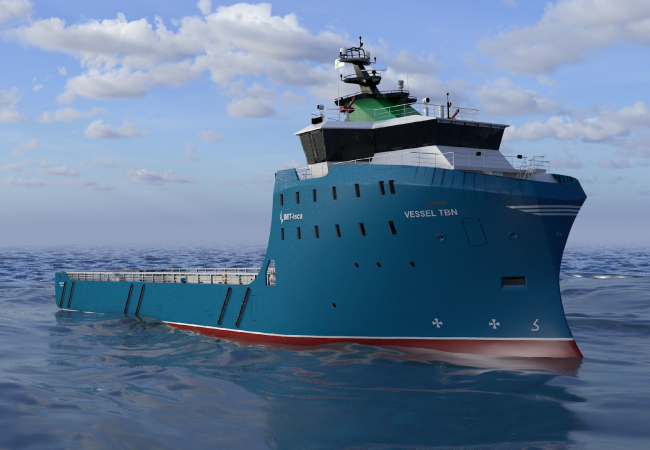Longitude together with LOC have commissioned a study into the design and specification of mooring systems for semi-submersible floating wind turbines.
The first phase of this study initially concentrated on the generation and application of suitable hydrodynamic models for floating wind platforms with an aim of allowing rapid evaluation of different floater geometry. In-house expertise in hydrodynamic modeling was applied to ensure accuracy as well as a commercial viable approach using industry standard software such as MOSES.
Both three and six leg mooring systems were than analysed in the time domain using Orcina’s OrcaFlex software to review the survivability, load, weight and cost implications of the additional mooring redundancy.
Longitude’s Scope of Work
Literature review of current and future floating wind research- selection of semi-sub and appropriate metocean conditions for the study
Generate model of semi-submersible- validate hydrodynamics against published research where possible as well as in house data
Build catenary mooring systems based on extensive experience of permanent and temporary mooring arrangements
Review mooring line sizing for ultimate and accidental limit states
Review floater drift motion after failure and consequence for foundation integrity and adjacent floaters
Propose further development scopes- specifically:
- Scaling and multiple floater analysis
- Coupled analysis using FAST to include operational loading
- Develop test-bed for analysis of novel cable solutions (in conjunction with industry partners)
- Review instillation issues such as mooring connection and cable pull-ins utilising current offshore wind experience
Current conclusions justify an acceptable level of safety without redundant lines but that foundations and site layout will need to be designed with likely large drift offs possible. The savings in moorings will be offset by the likely loss of power connection in such cases, this could be mitigated with looped array cables and strategic farm layout- these are being covered in further studies.






